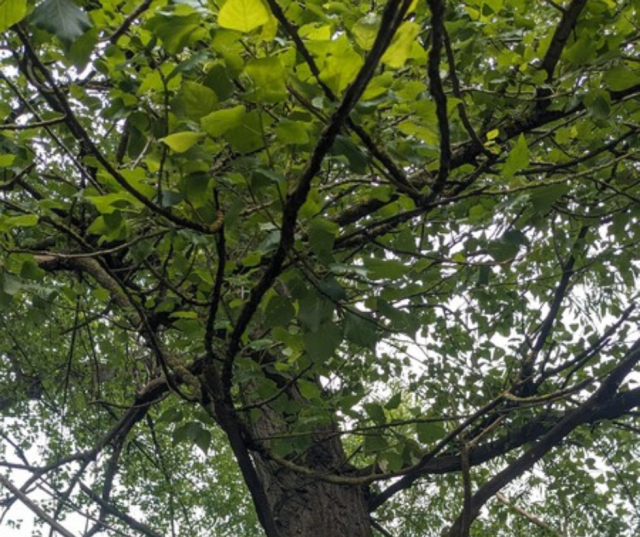Trees
Here at the Heart of England Forest we only plant native broadleaf species. Together, they will create a forest that looks, smells and feels like the natural English woodlands we have lost.

Fact files
Click on the fact files below to learn more about each species.
English oak
The King of the Forest, the English oak, makes up the majority of our new forest. 33% of the trees being planted this year are this majestic species.
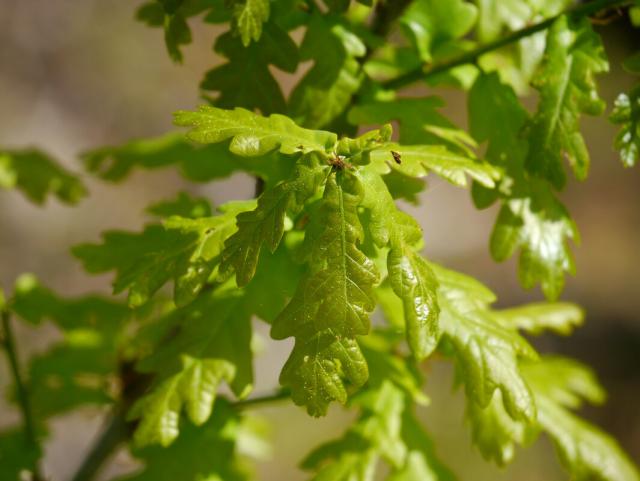
Hazel
The hazel tree, home to the protected hazel dormouse, is traditionally used for coppicing.
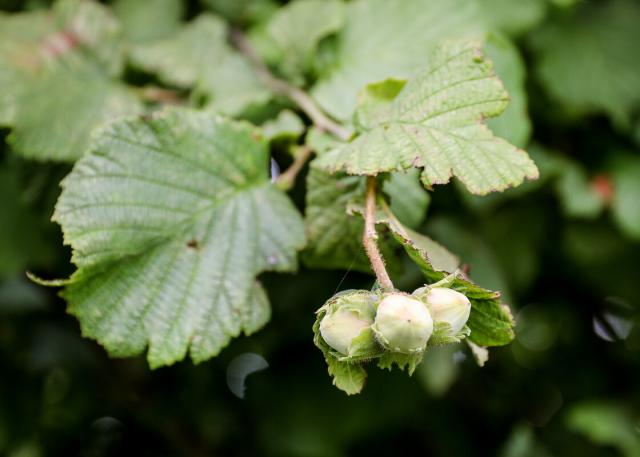
Silver Birch
The silver birch is a pioneer species, named after its silvery white bark.
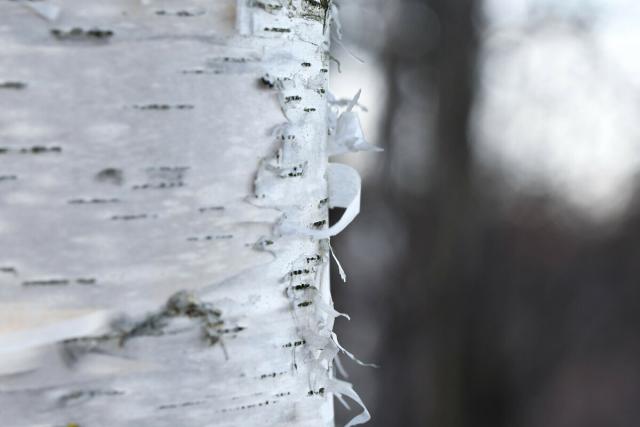
Wild Service
The wild service tree was once seen across the country when forests covered the landscape, but sadly it is now a rare sight.

Aspen
The Latin name "tremula", meaning shaking/trembling, was given to the aspen because of the way its leaves move.
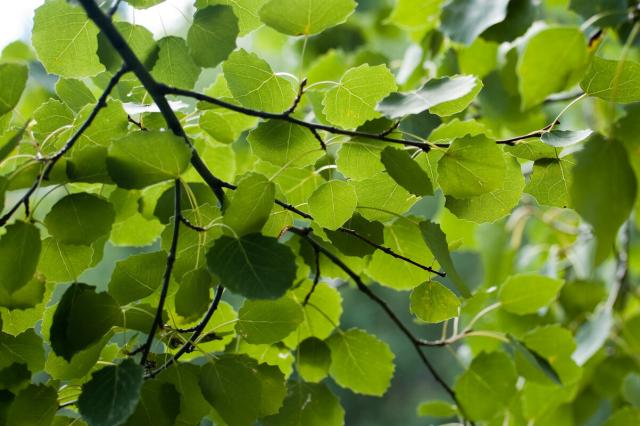
Sweet chestnut
Introduced by the Romans, the sweet chestnut tree is best known by the fruits it produces enclosed in spikey cases.

Sessile oak
The sessile oak gets its name from the word ‘sessile’, meaning “fixed in one place, immobile”.
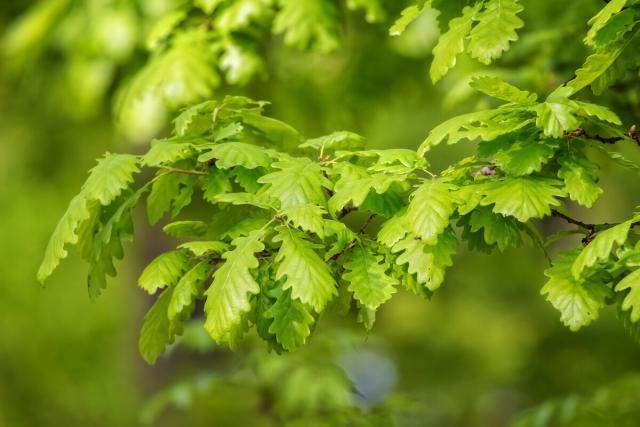
Rowan
The rowan tree is a great food source for wildlife, many species of birds enjoy the scarlet rowan berries, and pollinators and their larva enjoy the leaves and flowers.
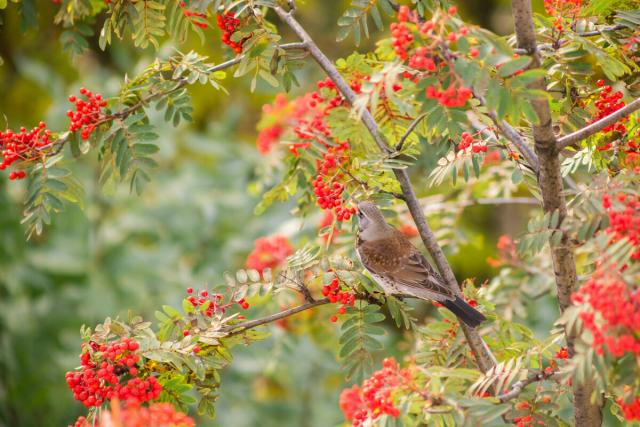
Sycamore
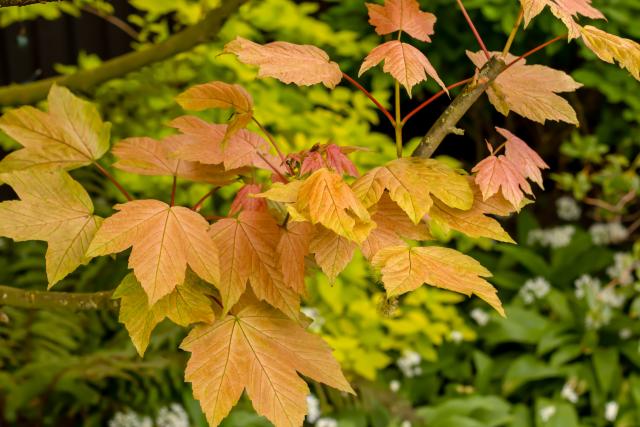
Common alder
Common alder, or black alder, can grow up to 25m in height and live for around 60 years.
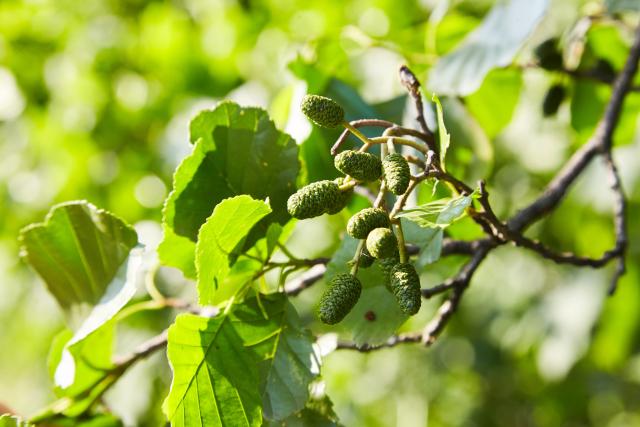
Hornbeam
Hornbeam hedges make great shelters for birds during the autumn and winter months.
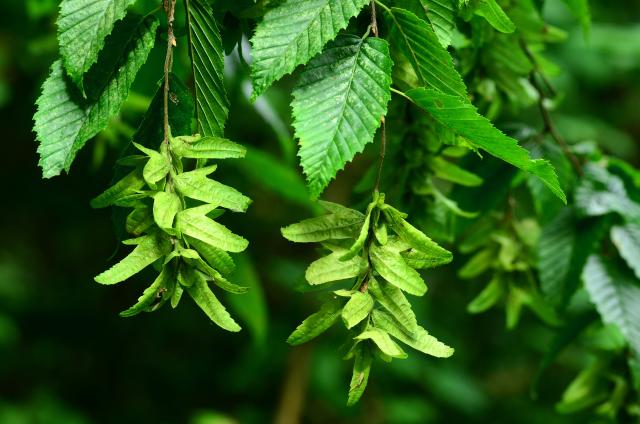
Wayfaring Tree
Named after its association with being on or near a path, the wayfaring tree prevented travellers from getting lost.
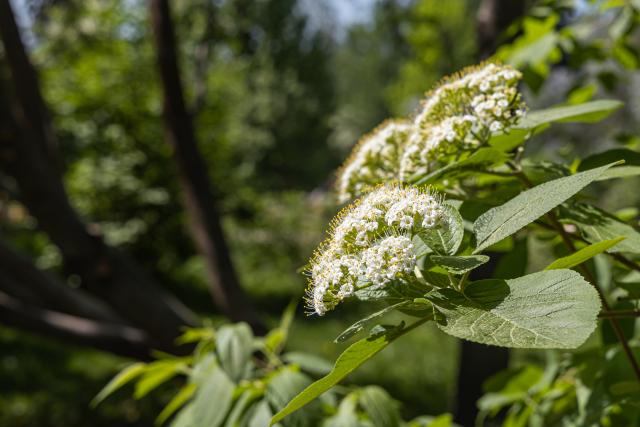
Field maple
The UK's only native maple tree, the field maple is commonly found in the Forest's woodlands and hedgerows.
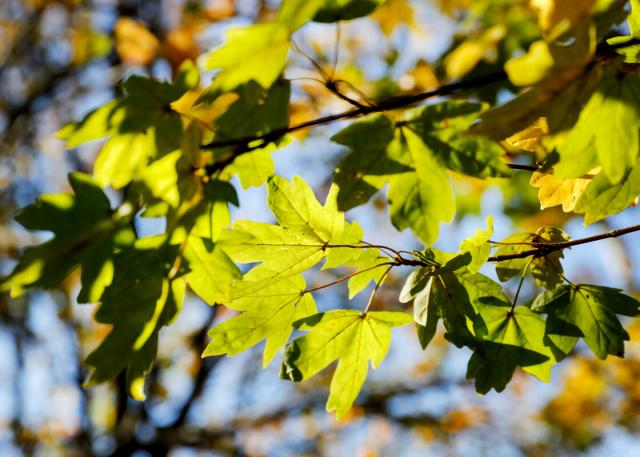
Dogwood
A small tree that is easily identified by its bright red twigs.
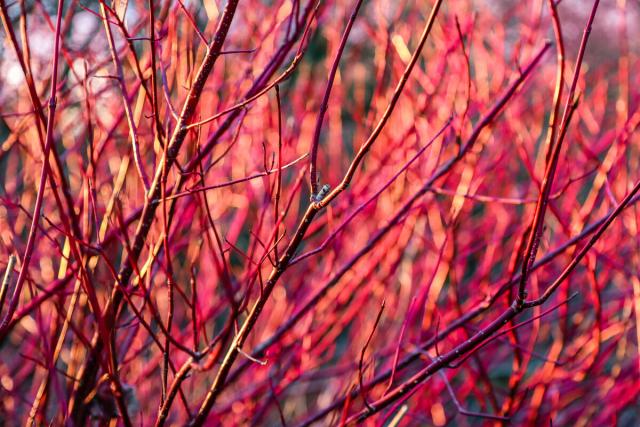
Spindle
This shrub stands out in the autumn because of its bright pink and orange berries.
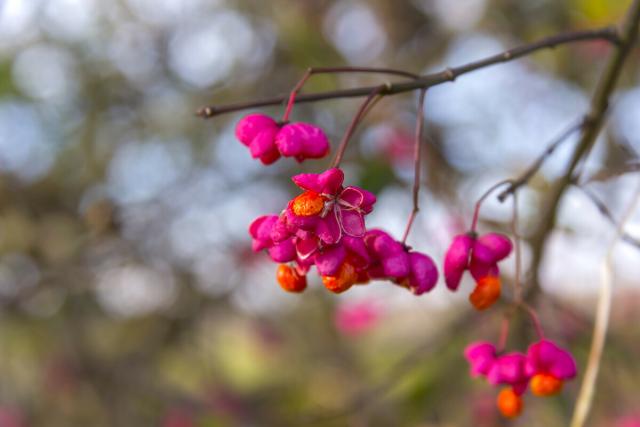
Whitebeam
This tree is sometimes called the "common whitebeam", however, it is not a common tree at all.
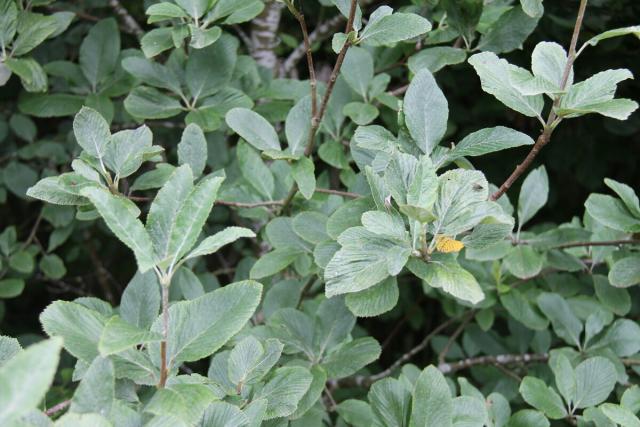
Cherry
One of the UK's most attractive trees, the wild cherry dazzles in the springtime with its pinky-white blossoms.

Guelder Rose
An indicator of ancient woodland, the guelder rose can be found around the edges of wooded areas in the Forest.
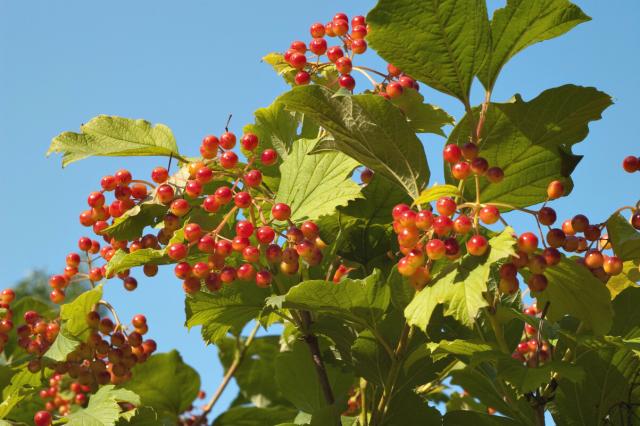
Black poplar
The black poplar is a resilient, majestic and rare native tree.
